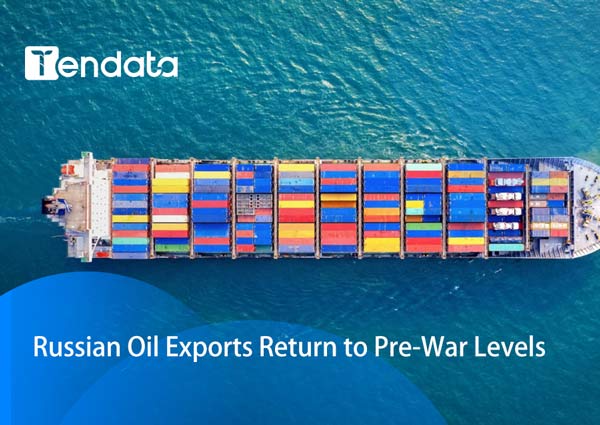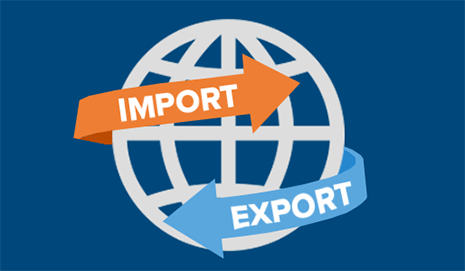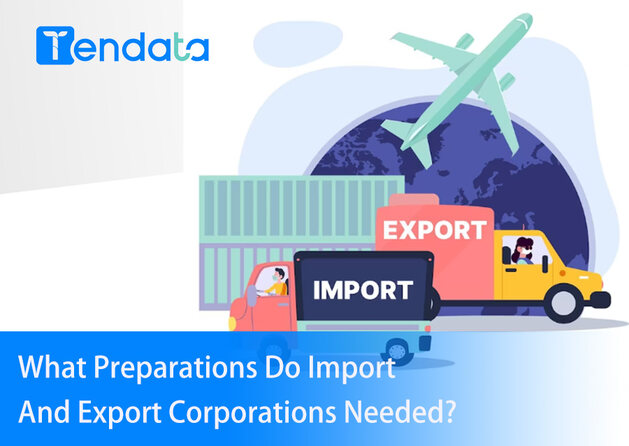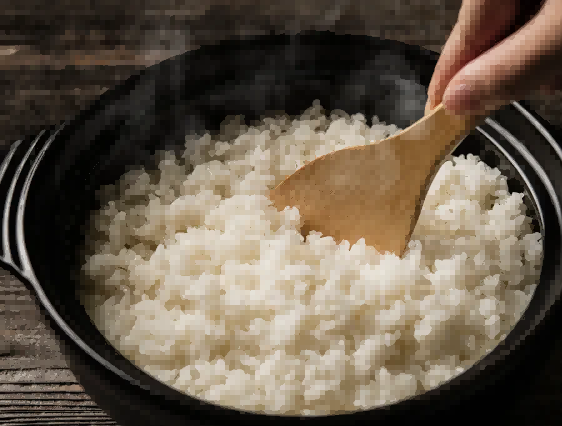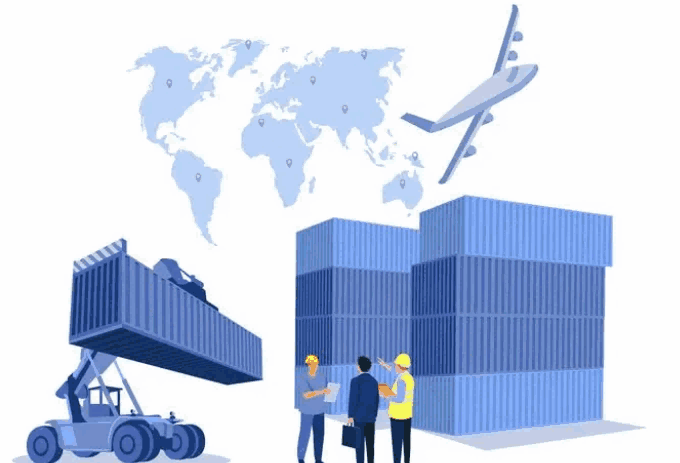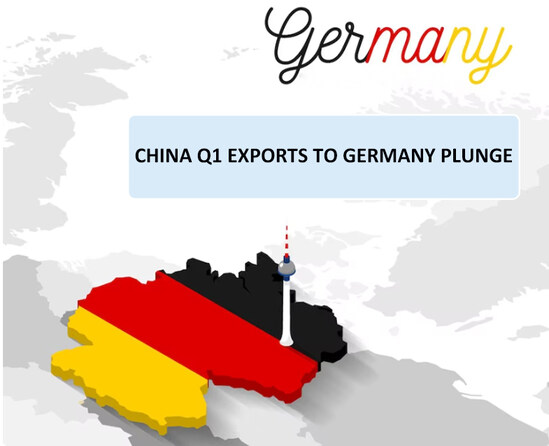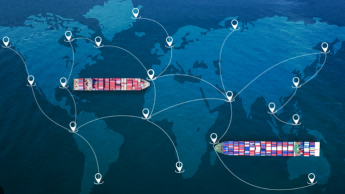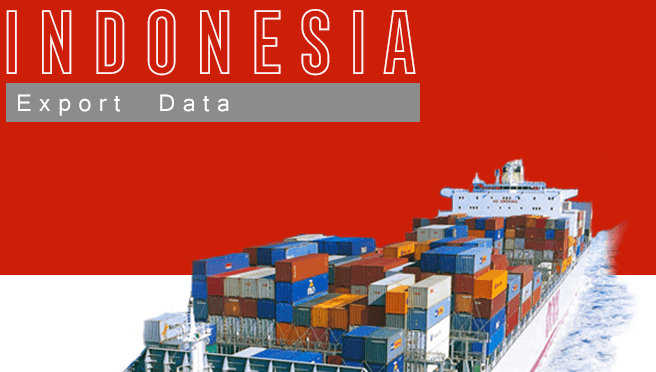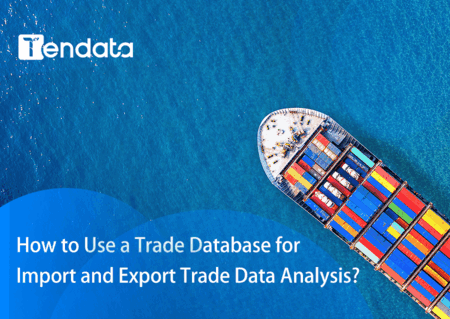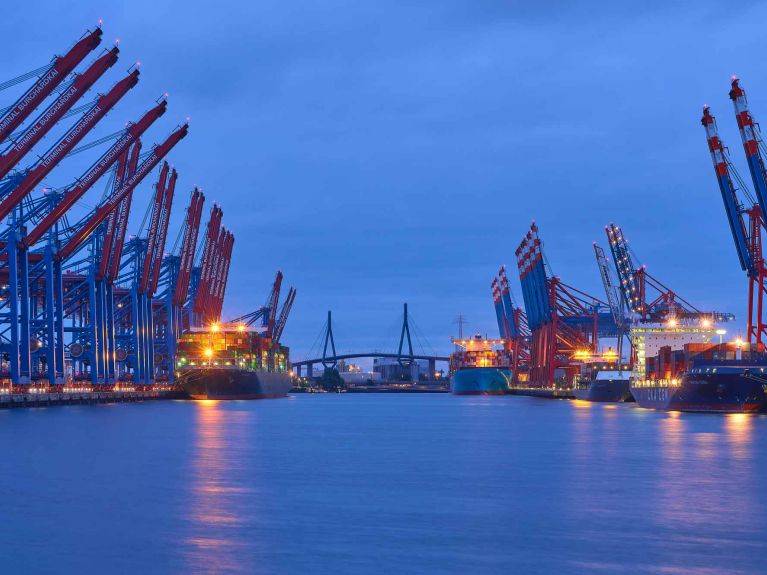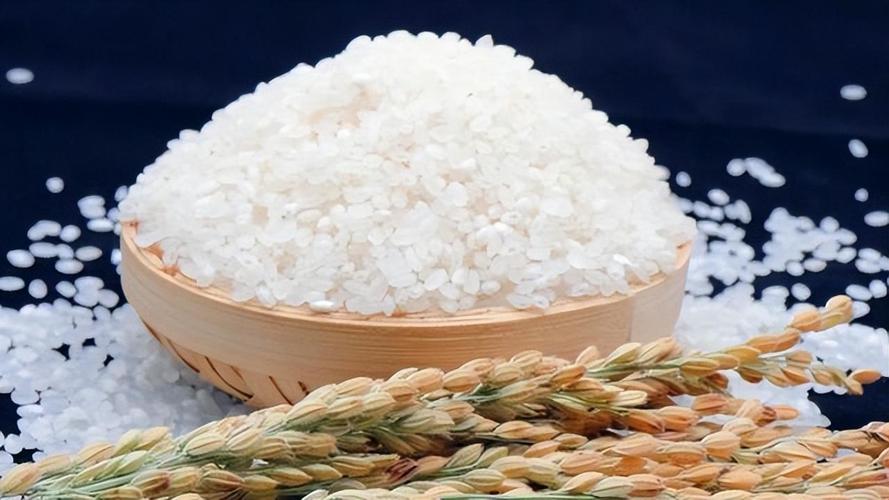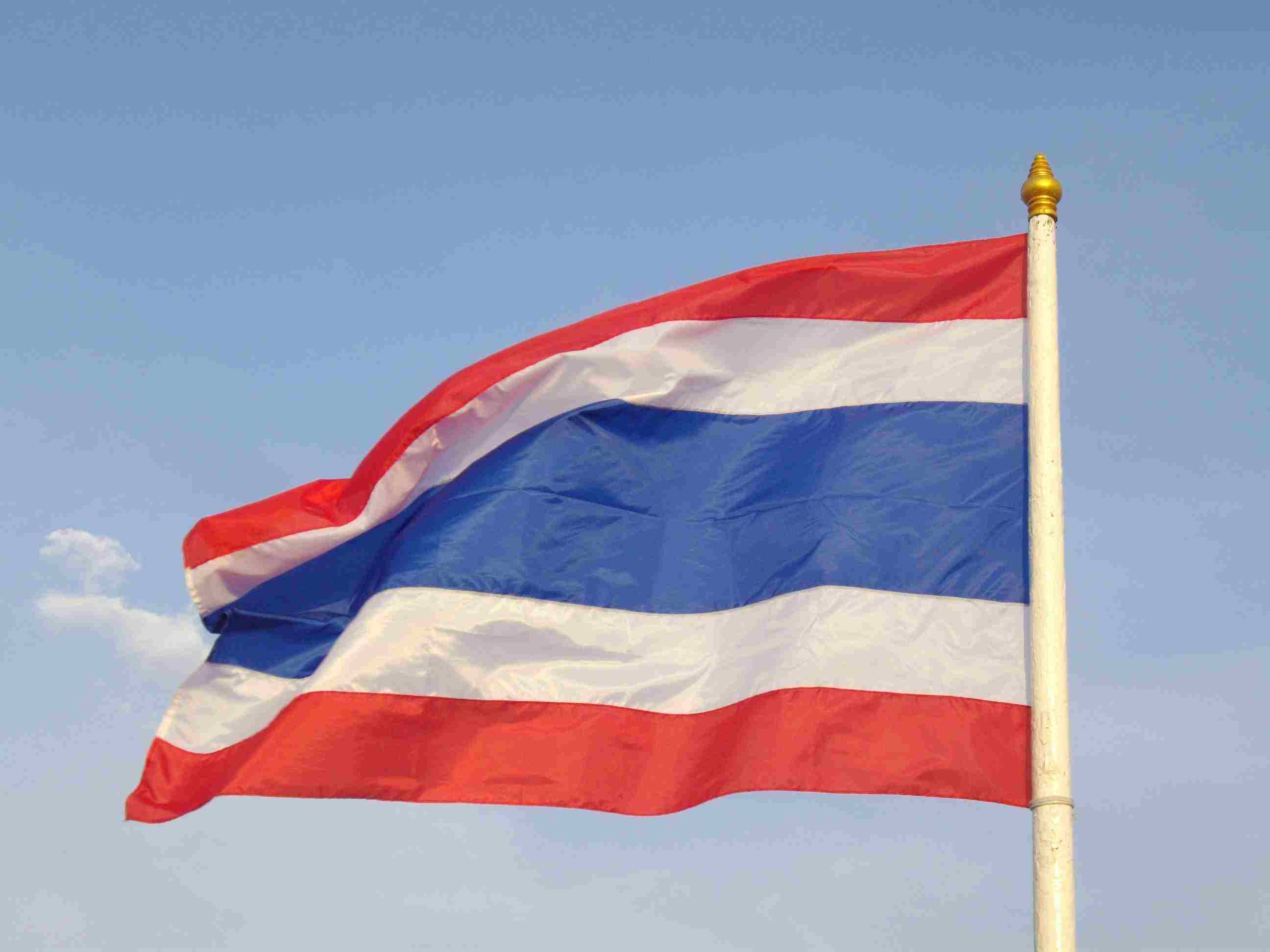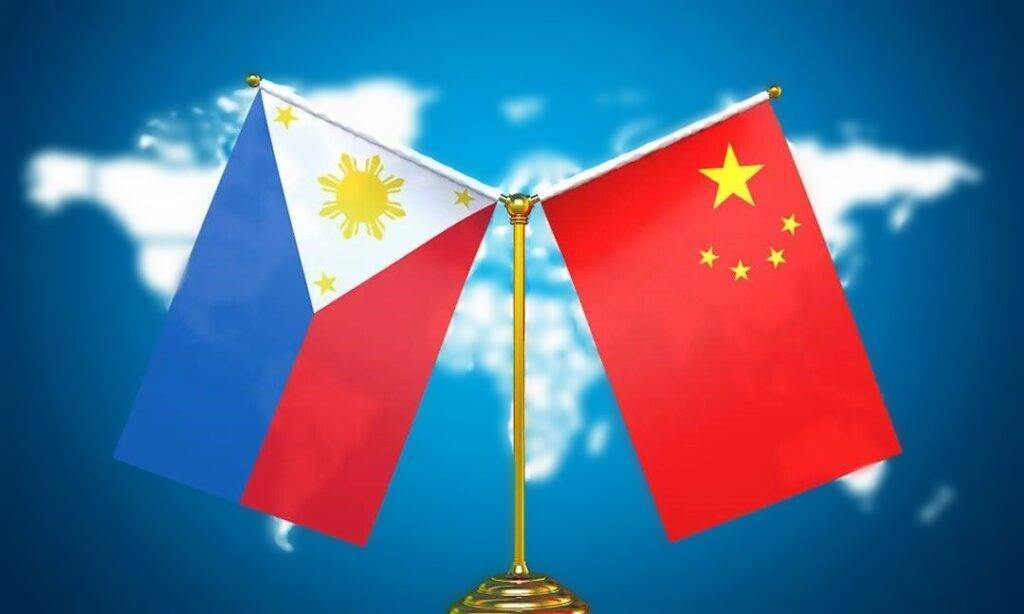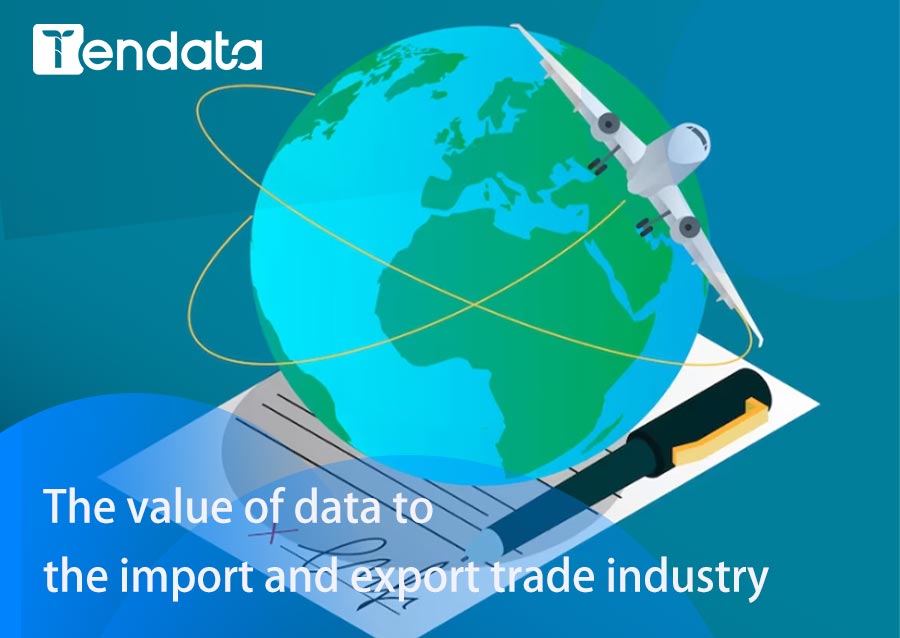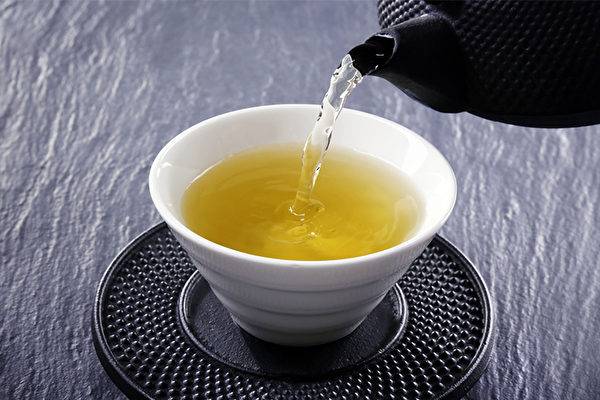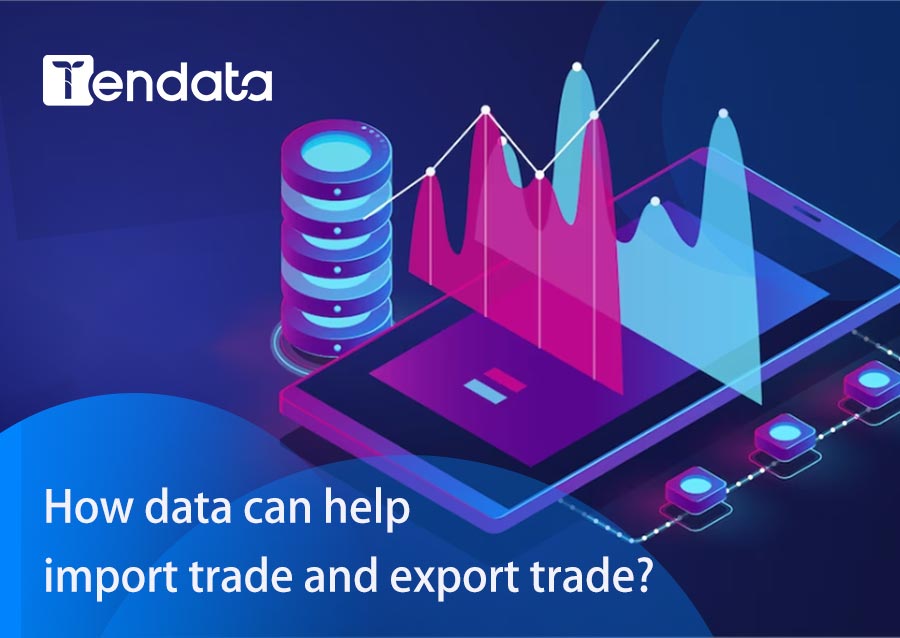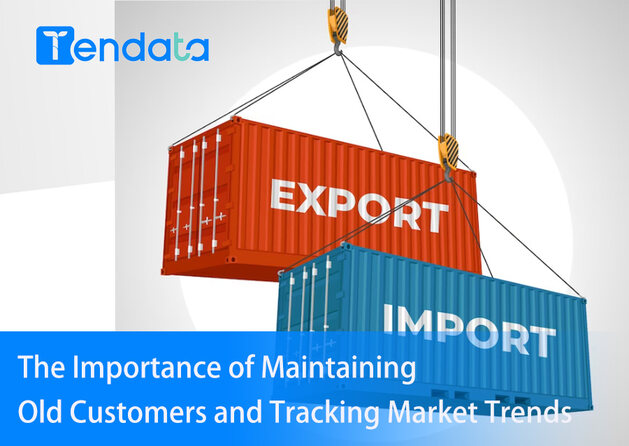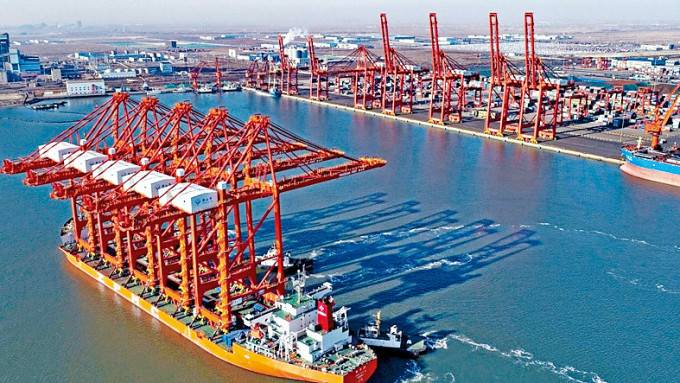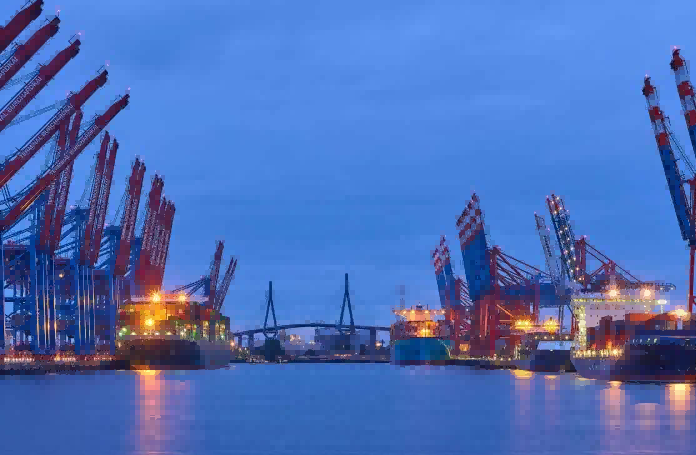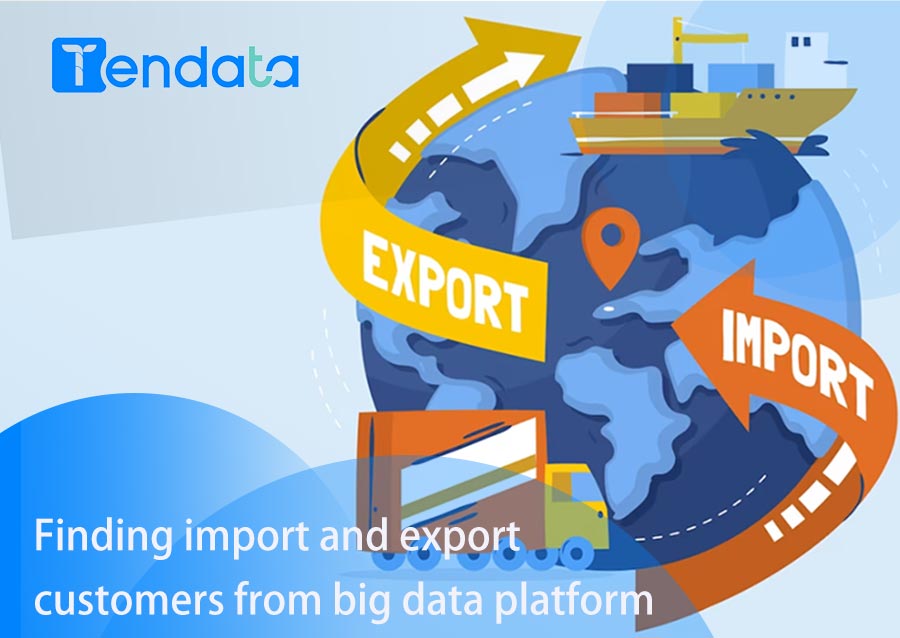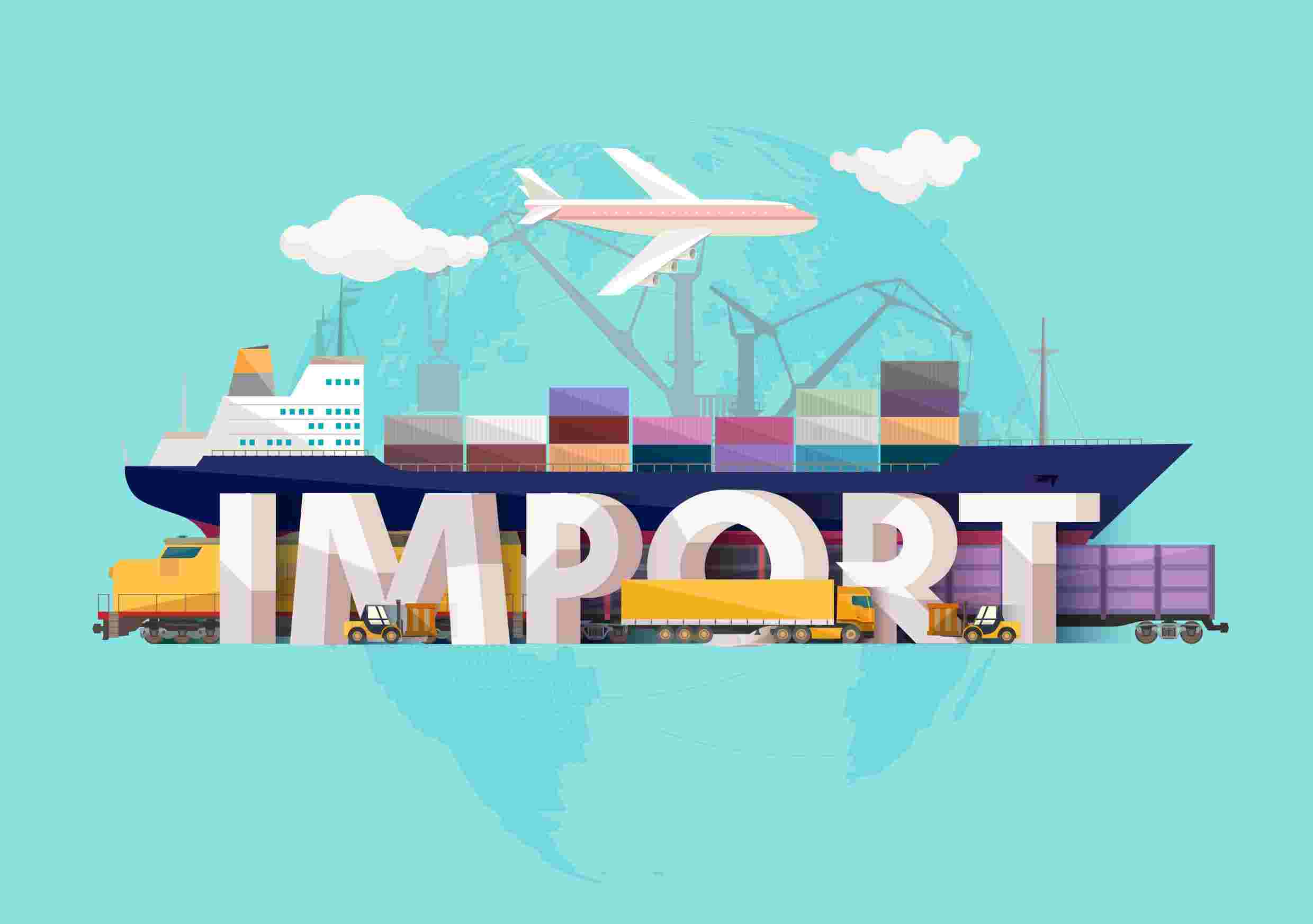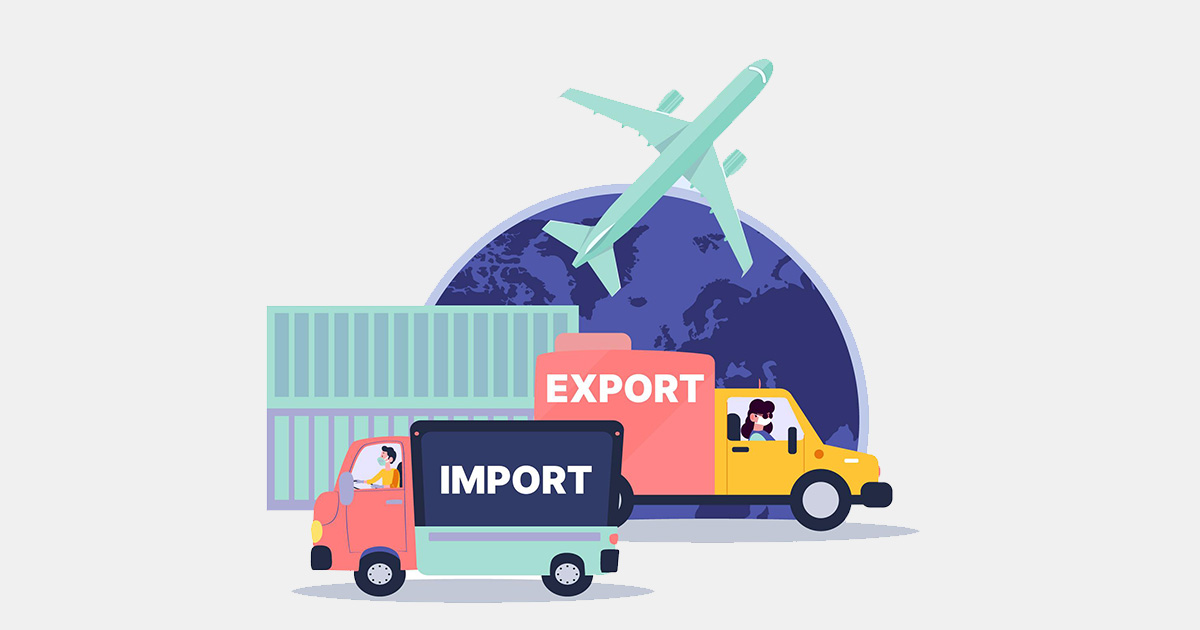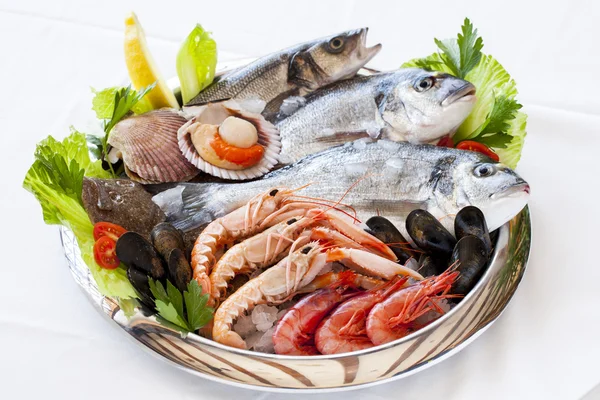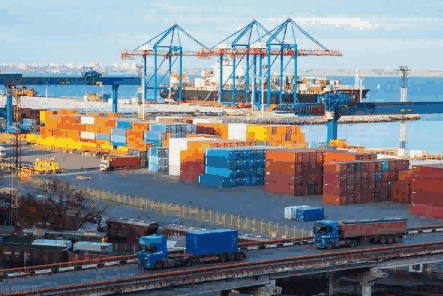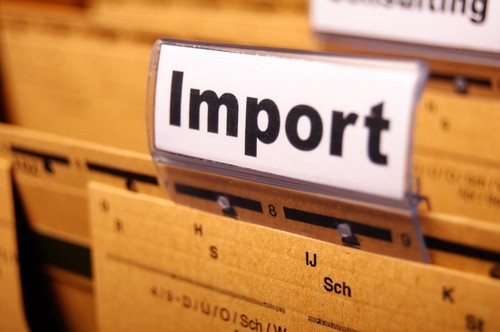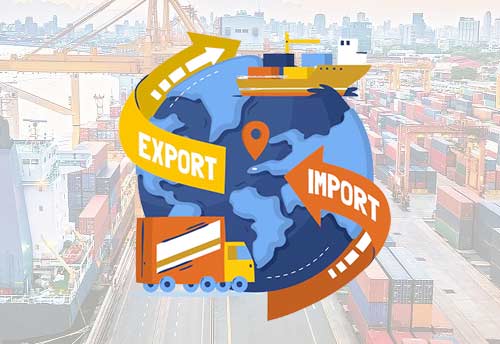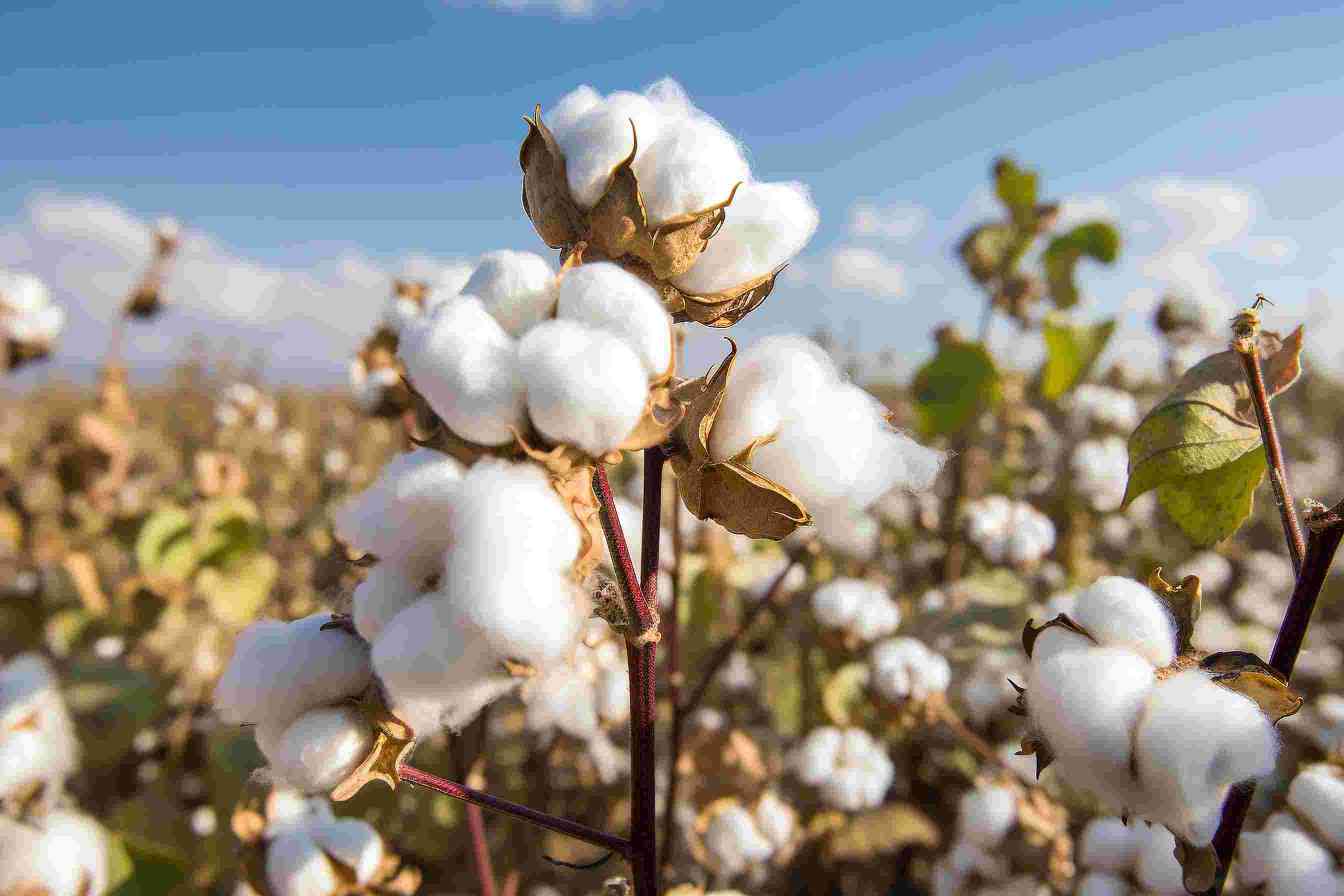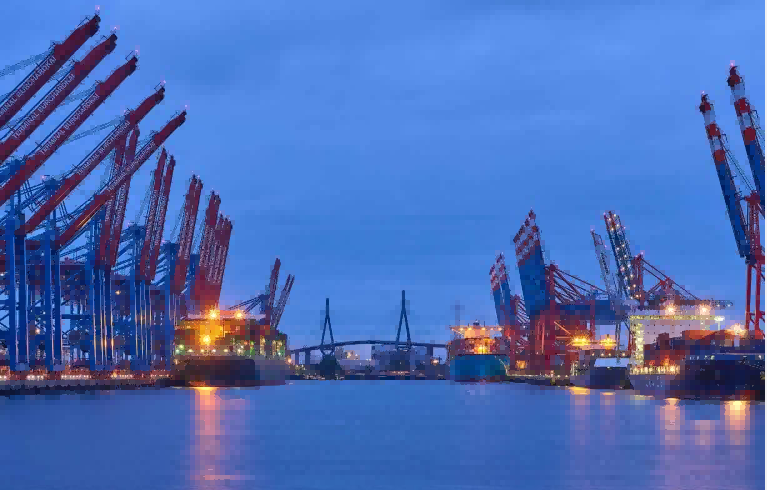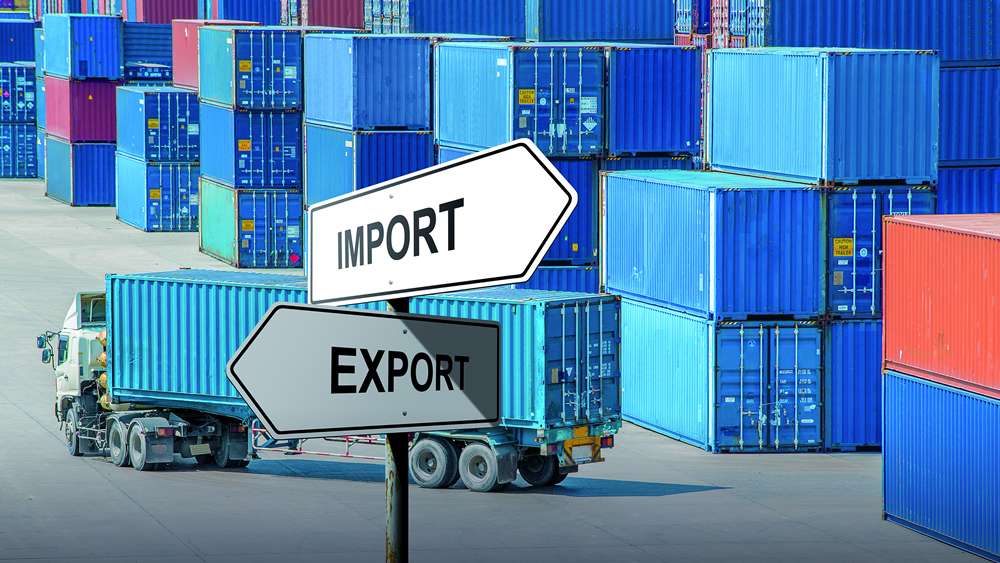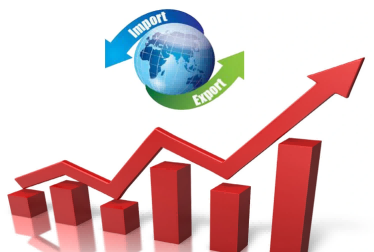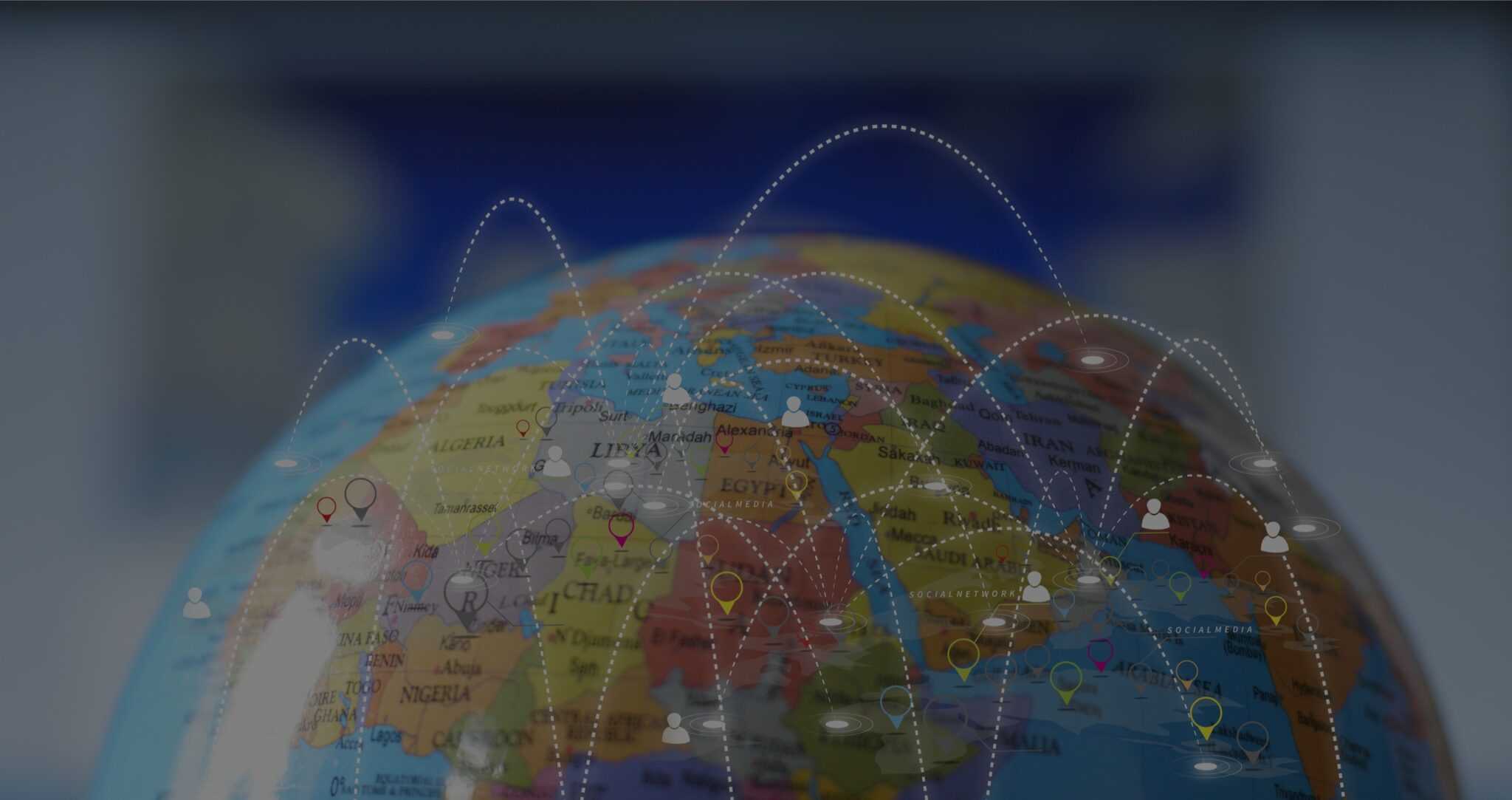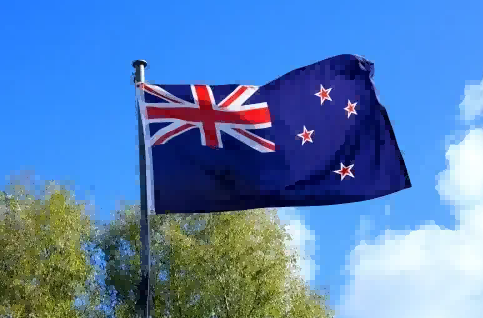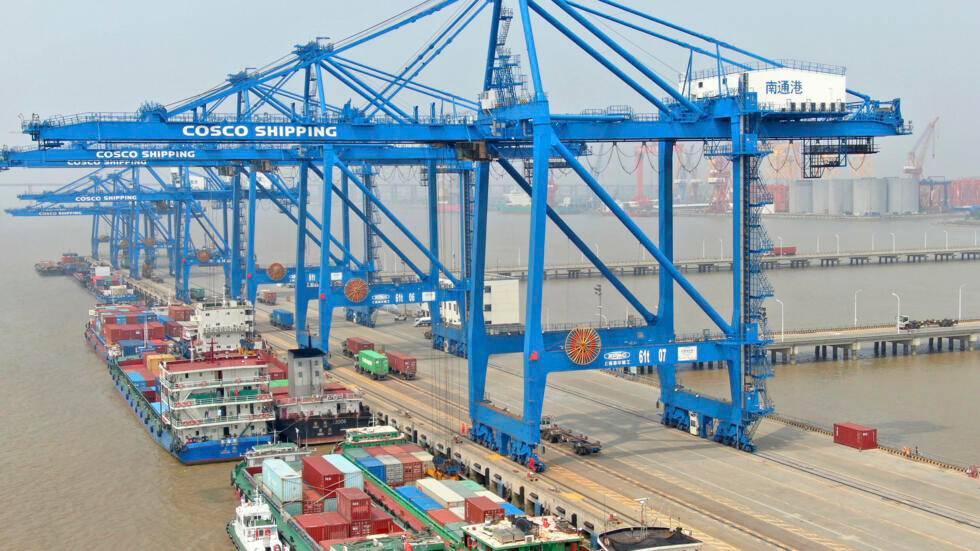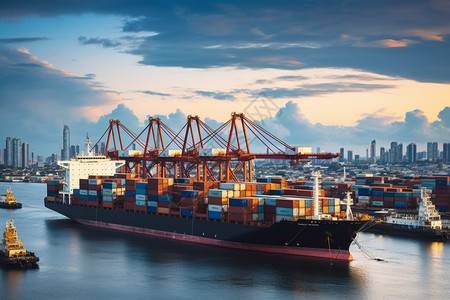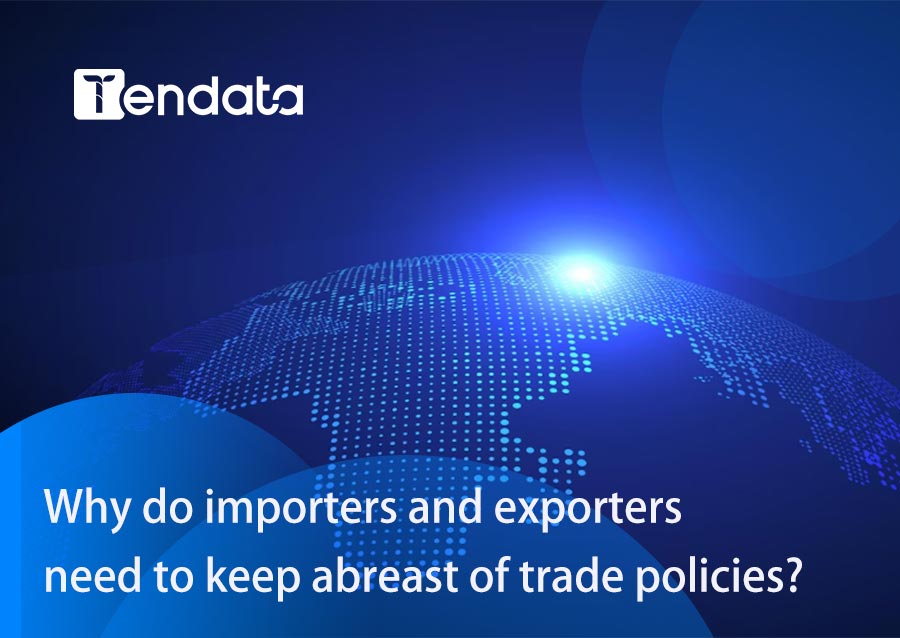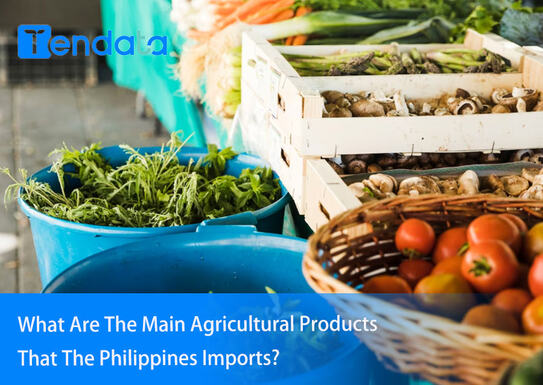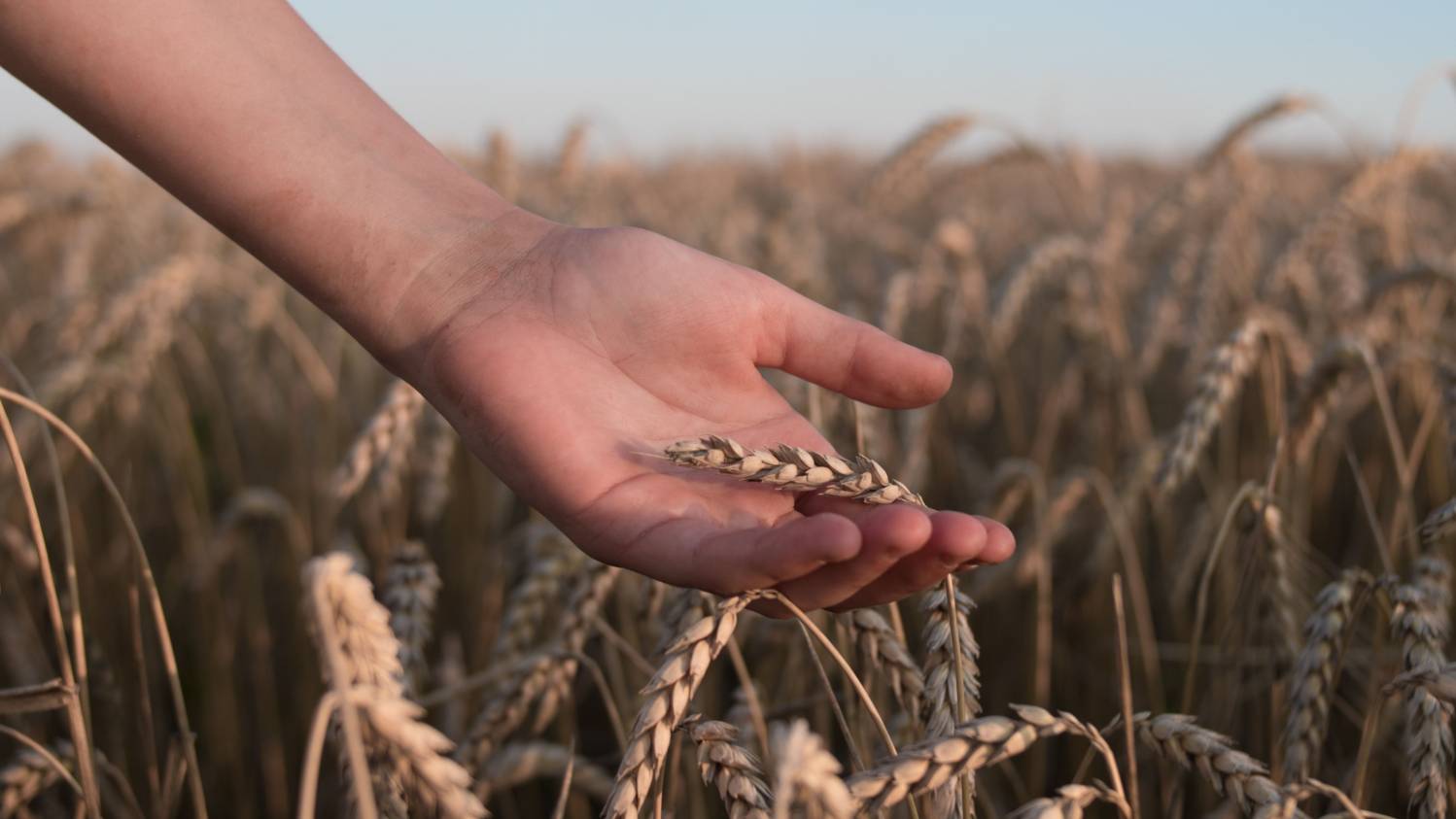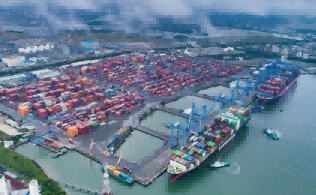 Export News
Export News
 16-01-2024
16-01-2024
Caviar, a delicacy crafted from the internal roe of sturgeon, has not only
captivated gastronomic enthusiasts but has also become a significant player in
the realm of international trade. In 2022, caviar exports reached a staggering
$509.2 million, highlighting its economic importance. This article delves into
the current state of caviar exports, the dynamics of the global caviar market,
and the trends shaping the future of this luxurious trade.
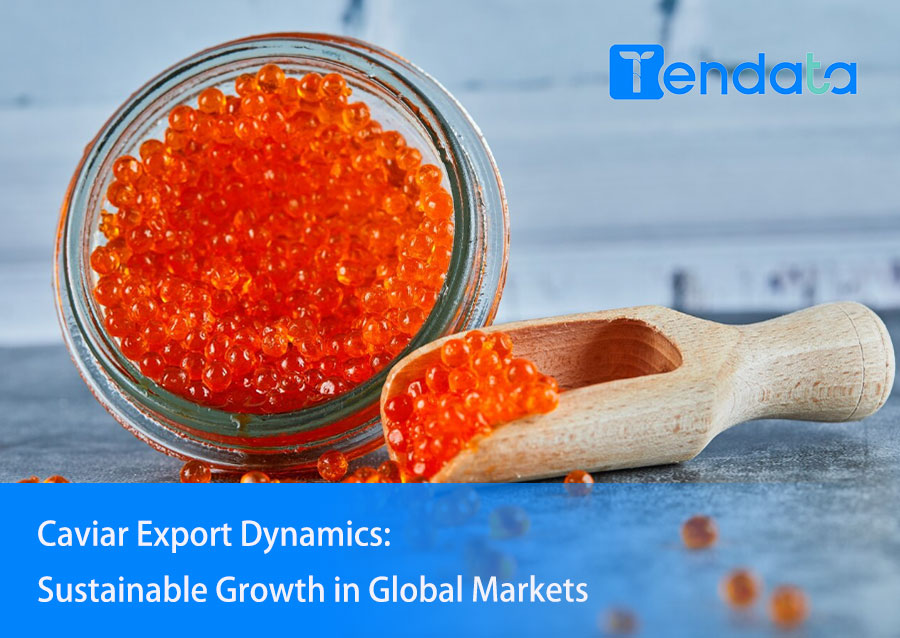
I. Sustainable Practices in Sturgeon Farming: A Vital Aspect of Caviar Export
Cultivation and Harvesting Sustainability
Caviar production is inherently linked to sturgeon farming, a process that requires meticulous care to ensure both quality and ecological sustainability. Traditionally, sturgeon were sourced from open water bodies, limiting their yield. However, the shift towards sustainable practices, such as aquaculture and live farming, has not only increased production efficiency but also reduced the environmental impact.
The Role of Live Fish Agriculture
Live fish agriculture emerges as a more sustainable method for caviar production. Unlike traditional practices that involve harvesting roe through the slaughtering of the sturgeon, live fish agriculture allows for multiple roe harvests from a single female sturgeon over its lifespan, promoting both ethical and sustainable farming practices.
Future-Forward Approaches
Looking ahead, embracing sustainable farming methods is crucial for the longevity of the caviar export industry. Technologies like precision aquaculture, involving real-time monitoring and data-driven decision-making, can further enhance the sustainability of sturgeon farming, ensuring a steady supply of high-quality caviar while minimizing environmental impact.
II. Caviar as a Health Food and its Diverse Applications
Nutritional Value and Pharmaceutical Uses
Caviar is not merely a luxury food item; it also boasts significant nutritional benefits. Rich in B12 vitamins, omega-3 fatty acids, and selenium, caviar is positioned as a healthy indulgence. Pharmaceutical companies are extracting caviar components for the production of tablets, liquids, and capsules, with potential applications in addressing health issues like impotence.
Popular Caviar Varieties: Sevruga, Beluga, and Osetra
The global caviar market is characterized by the popularity of various caviar types. Sevruga, known for its small grains and bold flavor; Beluga, renowned for its large, luscious pearls; and Osetra, celebrated for its nutty taste and medium-sized eggs, are among the sought-after varieties. Understanding the nuances of these varieties is essential for both producers and consumers in navigating the diverse caviar landscape.
Culinary Significance
Beyond its health benefits, caviar plays a pivotal role in culinary arts. Its taste profile, influenced by factors such as water quality, feed, and precise timing during harvesting, makes caviar a versatile ingredient. The use of ultrasound scanners in the harvesting process ensures optimal quality, underscoring the importance of technology in maintaining the integrity of caviar flavors.
III. Regulatory Compliance and Quality Control in Caviar Exports
Stringent Import Regulations
As caviar exports continue to thrive, adherence to stringent import regulations becomes paramount. Different countries impose varying standards on caviar imports, necessitating meticulous attention to quality control and documentation. Understanding and complying with these regulations are imperative for exporters to ensure a smooth flow of caviar across international borders.
Quality Assurance in Production
The caviar production process involves intricate details and procedures that significantly impact the final product. From the extraction of roe to the synchronization of fish milking and food processing, each step plays a crucial role in determining the quality of the product. Implementing robust quality assurance measures is essential for exporters to maintain the reputation of their caviar in the global market.
Traceability and Transparency
In an era where consumers prioritize ethical sourcing and product transparency, establishing traceability in caviar production is vital. Utilizing technology, such as blockchain, allows for the tracking of caviar from its origin to the consumer's plate, instilling confidence in the authenticity and ethical practices of the exporter.
IV. Market Trends: Rising Demand and Globalization of Caviar
Increasing Demand and Market Penetration
The global demand for caviar is on an upward trajectory, with the 2023 projected demand at $4.65 billion, expected to grow at a compound annual growth rate (CAGR) of 7.6% until 2033. Rapid market penetration by fisheries worldwide, responding to heightened consumer awareness of the health benefits of caviar, has significantly influenced the demand for this luxury food item.
Globalization Impacting Export Activities
In recent years, the rapid development of globalization has led to a significant increase in import and export activities. This, in turn, has further propelled the global demand for caviar, contributing to increased revenue shares. As globalization continues to shape the world economy, the export of caviar becomes not only a luxury trade but also a substantial contributor to international commerce.
Elevated Consumer Awareness
Increased awareness regarding the health benefits of caviar and its widespread applications in the food industry has played a pivotal role in driving consumer demand. This heightened awareness, coupled with rising personal consumption capacities, has resulted in a surge in demand for caviar, creating lucrative opportunities for exporters.
V. Future Projections and Strategic Considerations for Caviar Exporters
Continued Growth in Demand
The trajectory of caviar exports indicates sustained growth in demand, fueled by factors such as increasing awareness of its health benefits and its integration into various culinary experiences. For exporters, understanding and capitalizing on this growth trend is essential for long-term success.
Technological Innovation in Production and Packaging
Innovation in production techniques and packaging is crucial for exporters aiming to stand out in a competitive market. The integration of advanced technologies, such as precision aquaculture, and innovations in packaging design can enhance the quality, appeal, and sustainability of caviar products, meeting the evolving preferences of global consumers.
Strategic Partnerships and Market Diversification
As caviar exports continue to flourish, establishing strategic partnerships with key players in the supply chain and exploring new markets become strategic imperatives. Diversifying export destinations and cultivating relationships with distributors, retailers, and even culinary influencers can open up new avenues for growth and market expansion.
Adaptability to Regulatory Changes
The international trade landscape is dynamic, with regulations evolving to address environmental concerns and consumer preferences. Exporters need to remain adaptable to these changes, ensuring that their practices align with evolving standards. Proactive engagement with regulatory bodies and continuous improvement in sustainable practices positions exporters for long-term success.
Consumer Education and Brand Positioning
Educating consumers about the nuances of caviar, including its types, production methods, and health benefits, contributes to brand loyalty and consumer trust. Exporters can leverage marketing and educational campaigns to position their brands as synonymous with quality, sustainability, and authenticity, creating a lasting impact in the global market.
Conclusion: Sailing Towards a Bright Future in Caviar Export
The world of caviar exports is a complex yet thriving landscape, driven by a delicate balance of sustainability, quality, and market dynamics. As demand continues to rise globally, exporters must navigate this landscape with a strategic approach, embracing sustainable practices, technological innovations, and a commitment to quality. By doing so, caviar exporters can not only capitalize on the current boom but also sail towards a future where caviar remains a coveted luxury on international plates.
How effective is Tendata Customs Data?
Shanghai Tendata is a leading global trade data provider, our data covers 218 countries and regions around the world. Among them, customs data is a very core part of Tendata's data system, which currently includes more than 80 countries around the world. Tendata first started by trade data, trade data in the customs data are from formal official channels, directly reflecting the real-time update of the relationship between the enterprises of various countries, the purchase and sale of goods, the price of the Tendata customs data information is comprehensive, true and accurate for the development of foreign customers is very valuable to use. Tendata's customs data information is comprehensive, true and accurate, which is very valuable for developing foreign customers.(>>> Click for More Details)
Of course, in addition to customs data, Tendata's business data and Internet data resources come from strategic cooperation with many well-known overseas commercial companies, and are also extremely valuable. In addition to the query function, it also helps importers and exporters to intelligently analyze the market, monitor customers and competitors, supervise and manage customers and trade dynamics. Import and export enterprises can make intelligent one-key inquiry by product, company name, HS code, SIC code and other information. It can also directly tap the key person contact information of target customers and directly get the phone number, email address and social account of the boss, purchasing and CEO. Importers and Exporters can take the initiative in a multi-method and multi-dimensional way to quickly establish contact with customers, dig deeper into customer needs and facilitate order cooperation.(>>> Click for More Details)

Category
Leave Message for Demo Request or Questions


 T-info
T-info T-discovery
T-discovery

 My
Tendata
My
Tendata Market Analysis
Market Analysis Customer
Development
Customer
Development Competitor
Monitoring
Competitor
Monitoring Customer Relationship
Customer Relationship





